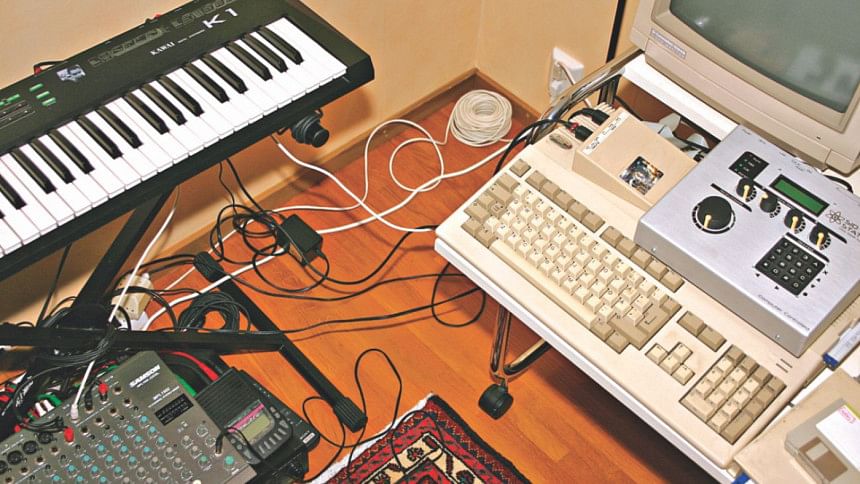Evolution of Lo-Fi

Lo-Fi (Low Fidelity) is at present incorrectly assumed to be a genre of music. During its inception lo-fi was more akin to a type of sound rather than a style of music. However, over the years, lo-fi has somewhat become a standard genre of music that is known to be popular amongst "bedroom musicians" or people producing music from their homes as opposed to studios.
Lo-fi was heavily criticised by both critics and the general audience when it first came onto the scene. The so-called "lo-fi aesthetic" would arise unintentionally during sound engineering and was characterised as being undesirable. Some of the first musicians to experiment with lo-fi did so somewhat by accident. The likes of Paul McCartney, The Beach Boys, Beck, and Robert Stevie Moore were among the first. Moore is today regarded as one of the pioneers of the genre.
Out of all the artists associated with lo-fi back then, only Moore was producing music in his home, which ultimately resulted in the overall aesthetic. While Moore's name isn't known as widely, his work has influenced Beck, Guided by Voices, and Ariel Pink.
By the start of the 1990s, lo-fi would become a radio mainstay by finding a place in the grunge scene. Grunge musicians wanted their music to sound rough and low effort. The "aesthetic" would prove to be as important in the grunge scene as the music itself.
Moving forward, lo-fi found itself a new home in jazz rap, a genre filled with producers sampling classic jazz artists. Selectively sampling parts from 50s jazz and then looping it endlessly became a common industry practice in jazz rap.
So, where is lo-fi now? It's still here and has finally become a genre in its own right. Developments in technology over the past two decades has given rise to more bedroom musicians and created the electronic musician. The rise of personal computers and modern production capabilities has allowed more and more people to start dabbling in the genre by producing tracks from multiple samples.
But how did lo-fi finally make it into the mainstream? As music continued to evolve, demand arose at the turn of the last century for a different kind of music.
The purpose of a lo-fi track in this day and age is to be a simple song that you don't need to think about while you're listening to it. It's just the same sample (usually the best part) played on repeat over a beat with some effects such as that of a cassette deck or vinyl scratches added into the mix. The overall result is a song that doesn't require you to think about it. Instead, it sets the mood for a situation where you're almost procrastinating about the music you're listening to, making it a great genre to listen to while working or studying.
Jazz and lo-fi still continue to have a relationship, with the former being one of the cores of mainstream lo-fi music today. And while lo-fi still continues to be used as a production technique in genres such as "trip hop" and "chillhop", it cannot be denied that lo-fi has carved out a place for itself over the years. The democratic nature of the internet has truly allowed amateur and hobbyist musicians to carry the genre.
So be it at the next hangout with your friends, or an intense study session, lo-fi could be exactly what you're looking for. Allow it to drone away in the background while you do literally anything else.
Aaqib loves petting doggos. Send him pictures of your ''good boys'' at [email protected]

 For all latest news, follow The Daily Star's Google News channel.
For all latest news, follow The Daily Star's Google News channel. 



Comments